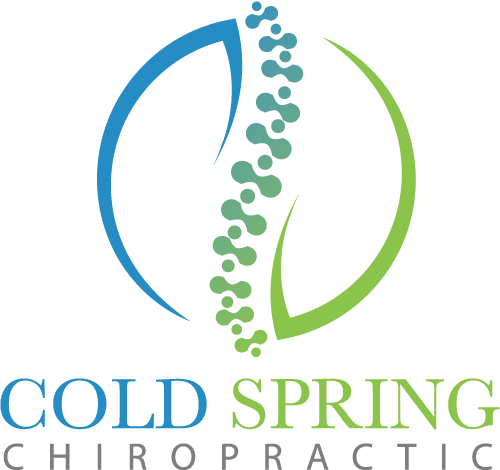Beating IT Band Injury
Posted on October 19, 2015Beating IT Band Injury
Have you ever felt great starting out for a run, only to have knee pain a mile or two in? It could be Iliotibial Band Syndrome (ITBS). The classic symptoms of ITBS are pain along the outside of the knee joint, sometimes accompanied by a popping or clicking sensation. The click is the ITB tightening and snapping across the joint during running. The symptoms are often worse when running up or down hills.
 The iliotibial band, or IT band, is a long “band” of tissue that runs from the top of the hips down the outside of the thigh, crossing the outside of the knee to the top of the tibia. The IT band is nothing more than a thickened strip of fascia, the connective tissue that encapsulates the muscles of the body. The IT band serves as a connection between many of the major hip muscles and the knee. Its main function during running is stabilizing the knee during footstrike.
The iliotibial band, or IT band, is a long “band” of tissue that runs from the top of the hips down the outside of the thigh, crossing the outside of the knee to the top of the tibia. The IT band is nothing more than a thickened strip of fascia, the connective tissue that encapsulates the muscles of the body. The IT band serves as a connection between many of the major hip muscles and the knee. Its main function during running is stabilizing the knee during footstrike.
Iliotibial Band Syndrome Causes
Inflammation of the iliotibial band occurs from overuse and is most often seen in marathon or other long-distance runners. ITBS is often brought on by a sudden increase in training mileage or even a single very long workout, but can also be caused by a change in footwear or running surfaces. Improper form and poor flexibility, along with decreased strength in the quad muscles of the thigh, contribute to the inflammation. The tightness is the result of the injury and rather than the actual cause. Runners are notoriously weak in their hip and core muscles, particularly if they lack strength training or side-to-side movement.
Treatment
Traditional treatment of ITBS focuses on stretching. You can try a simple exercise to stretch the IT band. Stand at arm’s length from a wall with your feet together. Keeping your feet in place and your arm extended, slowly stretch your hip toward the wall, hold for a few seconds, and then return to a standing position. Turn around, put your other hand on the wall, and repeat.
While stretching is important in treating this injury, in most cases more targeted therapy is necessary. A proper diagnosis and identification of the causative factors is necessary before devising a treatment plan to address the pain and prevent re-injury. ITBS can be easily identified if a muscle is tender to deep touch, and is thickened and non-elastic. Specific muscles tend to be chronically inflamed with ITBS, including the quadriceps, ITB, hamstring, and TFL. Treatment will often involve the hip flexors and pelvic stabilizers as these deeper, postural muscles tend to be a primary contributor to ITBS, yet are rarely symptomatic.
Deep tissue massage along the full length of the ITB will break down adhesions, and mobilize affected tissues to relieve pain and restore normal movement. Adding corrective exercises and stretching to increase muscle length, pelvic stability, and proper motor movement, followed by strengthening of the hip and thigh muscles, will all contribute to the success of ART® treatments and prevent future injury.
ART and Graston have been used extensively to help athletes work through injury and have shown outstanding results in treating hip, back and knee pain of various causes. Both GT and ART are completely natural and non-invasive, and prevent the need for steroid injections and other invasive treatments. If your pain persists and stretching, icing and rest aren’t enough, consider the permanent solutions that ART and Graston Technique offer. They can have you back on your feet and running again in just a few weeks.

